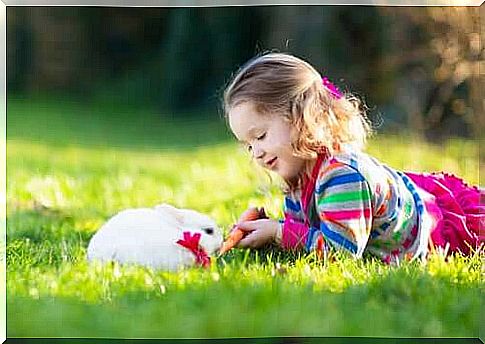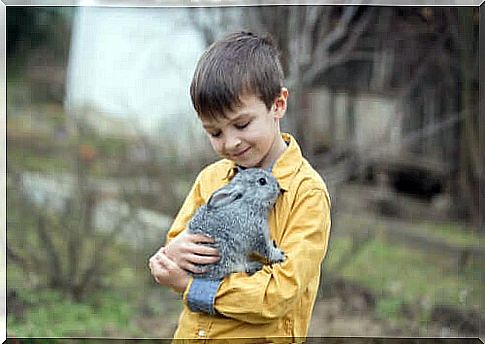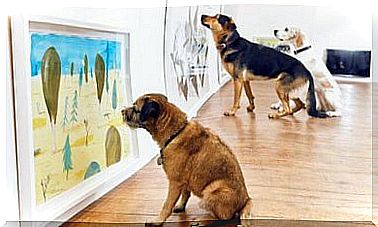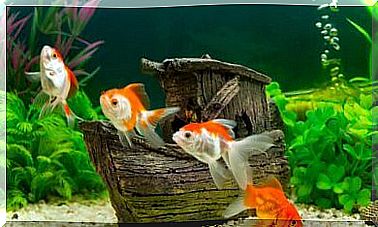What Is Rabbit Therapy?

For centuries, animals have been trained and used to improve the emotional state of human beings. This use ranges from the company offered by them to the direct physical support that some species provide during rehabilitation processes. Rabbit therapy is a type of assisted therapy in which the supporting animal is the rabbit.
In the world of animal-assisted therapy , several species are included: dogs, cats, chickens, turtles, pigs, fish and horses. Each animal, due to its temperament, its abilities, its way of being and living, provides a different kind of assistance.
For example, dogs are extremely friendly and docile animals and are therefore good at facilitating communication and interaction. Horses, on the other hand, help with physical rehabilitation and recovery of muscle tone.
Although we have probably made this use of animals for a long time, the first documented case of therapeutic animals dates back to 1792, at the Retreat of York, England. Here, farm animals – such as rabbits – were used to improve the mood of patients with mental illnesses.
Today, it’s easy to see how the dog is the quintessential therapeutic animal. However, there are many others, and each of them can offer different types of help. We recommend that you read on to find out more about assisted rabbit therapy!
Why the rabbit?
Animal-assisted therapy is a complementary method during the rehabilitation of many human pathologies, both physical and psychological. As we have already said, the dog is the most used therapeutic animal. However, the rabbit can also be used as an alternative species.

There are several characteristics and qualities that make the rabbit a good therapeutic animal. Among them, we find:
- Small size.
- Smart and human-friendly.
- Playful.
- Easy to socialize and control.
- Good bodily communication to convey what you like and don’t like.
In addition, a strong bond can be created between rabbits and children, since the rabbit is a popular childhood animal.
Children’s literature is full of rabbits, so it’s normal for children between 7 and 10 years old to be attracted to these adorable animals. As a result, therapy with rabbits can generate very positive feelings in children and also improve their imagination.
Benefits of therapy with rabbits
Like other types of animal therapy, rabbit therapy has many benefits for children’s overall health.
Promotes communication and expression
As it is a positive, relaxed and fun experience, children feel mentally stimulated and are eager to share the experience with people they trust, such as family members or caregivers.
In addition, these young people are often going through very difficult times or moments in their lives and spending time with the rabbits distracts them from their reality.
Encourages acceptance of physical contact
Children who enter these therapies often have little physical contact with other people, due to a variety of causes. The fact that the rabbit accepts petting and hugs from the child encourages the development of communication skills through contact.

It involves moments of relaxation
As with all therapeutic animals, being able to gently caress an animal and be accepted by it creates moments of relaxation. Reducing stress has great benefits for the body and aids recovery.
Animal care during rabbit therapy
When we work with therapeutic animals, we must not forget that they are living beings with complex emotions and that they deserve great respect.
Therefore, during therapy sessions, there is always the presence of an assistant who follows a strict protocol drawn up jointly by psychologists and veterinarians. In this way, animal welfare and its physical and mental integrity are guaranteed.
The great work of therapeutic animals
Through research and experiences gathered from hospitals, seniors’ organizations and other institutions, it is clear how beneficial animals can be. However, it is an area that is still in development. We must continue to learn from them, and they from us.









